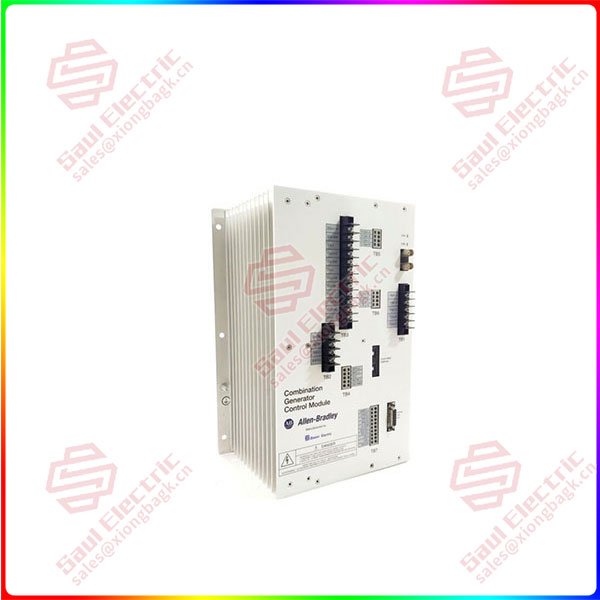Agricultural machinery and equipment: The control and optimization of agricultural machinery and equipment are also constantly decoupling. John Deere, an American manufacturing company with nearly 180 years of history, introduced to us three years ago how the data of agricultural machinery and equipment is transmitted to the cloud, how to optimize the data processing of the cloud and integrate the local soil, weather and other information, and then feedback back to optimize the operation of agricultural machinery and equipment. From single machine optimization to cloud optimization.
Factory equipment: Advantech and a group of automation manufacturers are deconstructing the control and optimization system of factory equipment, from electronic control and software control to edge optimization and cloud optimization.
Software system: We have gone to research Ali Cloud in Guangdong, a production of lighting customers, called Yayao, several of their workshop cloud MES use is very good, built a set of industrial software development, utilization, use of a new model. The traditional software system is being deconstructed and reorganized.
Therefore, whether it is mobile phone smart terminals, agricultural machinery and equipment, product functions are being decoupled, or the management control optimization of today’s factory equipment data is also being decoupled, and the entire software system is also decoupling.
From everything connected to everything smart
From everything connected to everything smart
Today, both hardware and software are facing a new era, which is constantly decoupling and restructuring. Harvard Business School professor Michael Porter in the past few years, around the industrial Internet of things, the Internet of everything published three important articles, very classic. He believes that the future intelligent connected device has four main functional modules, including power parts, executive parts, intelligent parts, and interconnected parts, which can realize the monitoring, control, and optimization of the device. For intelligent components, the control of machine equipment in the past was based on mechanical control, and then evolved to electronic control, and then software control, and then edge optimization, and then evolved to cloud optimization.
Whether it is mobile phones, agricultural machinery or industrial software itself, it breaks the past integrated hardware facilities, and realizes “universal hardware resources” and “programmable service tasks” by separating and decoupling software and hardware. Future hardware to improve the versatility of assets, follow the economies of scale, like Foxconn to Apple OEM mobile phones, the larger the production cost is lower, can be large-scale, standardized production. Software-enriched product personalization, following the scope economy, enterprises from providing homogeneous hardware products to providing diversified products to meet diverse needs.

1407-CGCM/D
The essence of intelligence is the ability of an agent to respond to changes in the external environment. This ability is not only reflected in the intelligent stand-alone equipment, the introduction of intelligent production lines, enterprises can make real-time response to changes in the external environment? If enterprises can continue to generalize the hardware and separate the software, such system intelligence can continue to adapt to customer needs.
This change is evolving from the device level, including control systems such as electronics and industrial equipment, to the system level. Whether it is the industrial Internet of things or the industrial Internet, the most essential logic is the decoupling, deconstruction, reorganization and evolution of stand-alone devices to the system level, and the Internet of Things system we see today is evolving into a hardware and OS control system through edge optimization, and then cloud optimization. Problems can be solved by systematic intelligence on a larger spatial scale.
Technology deconstruction and reorganization: from device level to system level
Technology deconstruction and reorganization: from device level to system level
The basic contradiction of digital transformation: the contradiction between enterprises’ global optimization needs and fragmented supply
What is the nature of the various issues and challenges we face today, such as digital transformation, Internet of Things, Industrial Internet, etc.? Summed up in a sentence, for everyone to think deeply, the basic contradiction of the current digital transformation is the contradiction between the demand for global optimization of enterprises and the fragmented supply. The United States “Harvard Business Review” analysis of the current digital transformation facing the problems, Germany proposed Industry 4.0, China proposed the two integration of the four stages, German industry 4.0 has three core words, horizontal integration, vertical integration, end-to-end integration, China later proposed comprehensive integration. There’s a term I’ve often mentioned before called the “integration application trap,” or “integration application dilemma.” As we all know, the middle income trap refers to a series of challenges and problems that developing countries will face when their per capita income reaches the middle income level in the process of industrialization. Today’s challenges are the same for digital transformation, industrial Internet of things, stand-alone applications are relatively easy, but cross-system data interconnection and interoperability becomes extremely complex.
How did so many of the problems we face come about? There is a classic saying in Peter Senge’s book The Fifth Discipline: “Today’s problems arise from yesterday’s solutions.” In the past, we saw ERP, various R & D tools, manufacturing system MES in the workshop, etc., the basic logic is to solve a “point” problem, and then try to solve a “line” problem, but today the enterprise is facing a “face”, a “body” problem. The original set of problem-solving ideas is fundamentally impossible to solve the global optimization needs faced by today’s enterprises.
 1 Year Warranty
1 Year Warranty





